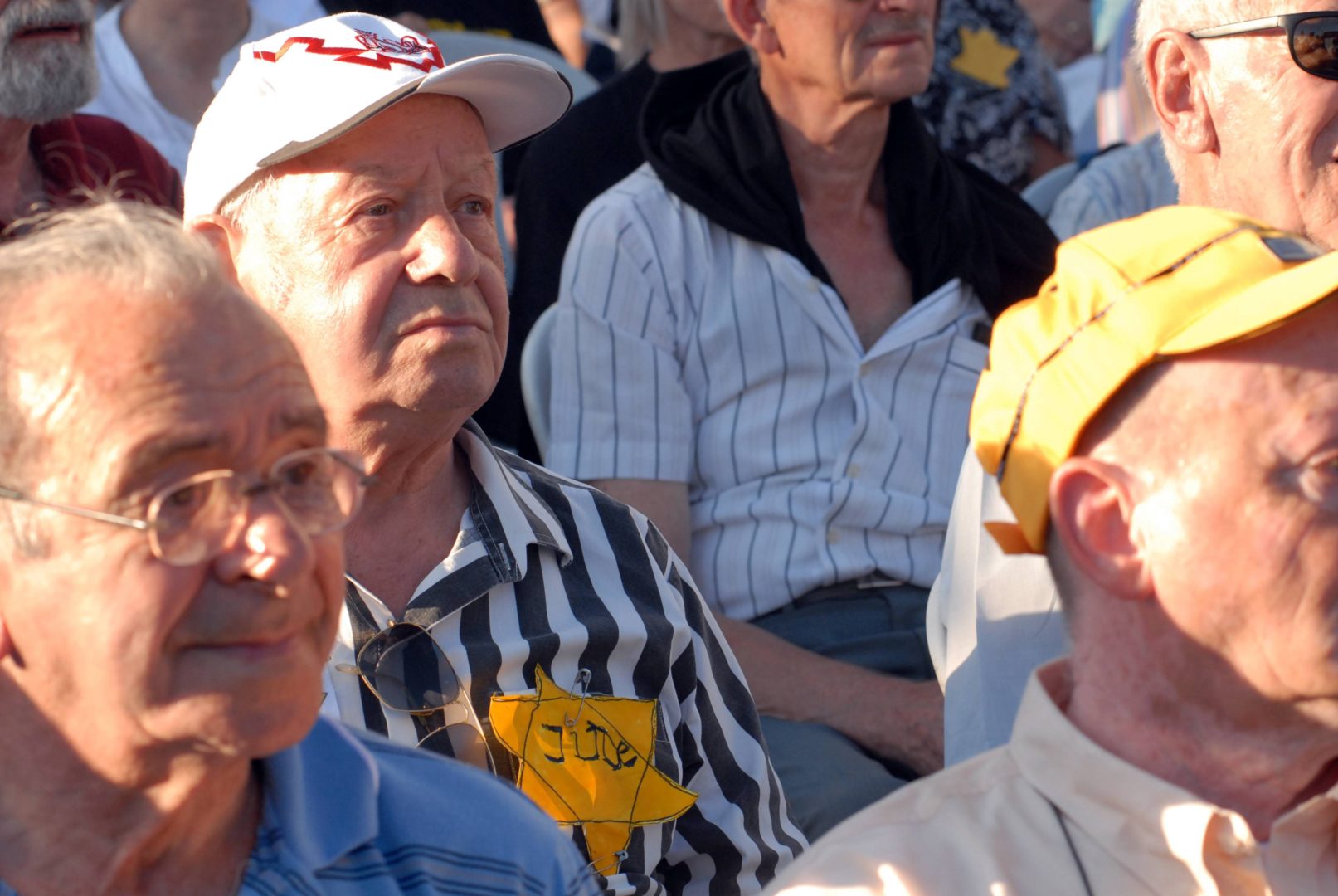The photographs have faded. The memories are hazy. But for many, the dream of finding out what happened to a loved one remains. That hope could be for a reunion with a survivor of the Holocaust who has settled elsewhere in the world. Or at the least the certainty of knowing where and how a loved one perished. For those still interested following our commemoration of Yom HaShoah last week, here is a selection of the best online tools to look for survivors and victims of the Holocaust.
Yad Vashem, the Holocaust Martyrs’ and Heroes’ Remembrance Authority in Jerusalem, has been collecting Pages of Testimony for decades. Its goal is to document all six million Jewish victims of the Shoah. The Central Database of Shoah Victims’ Names currently contains 4.5 million names, including approximately 2.6 million from scanned Pages of Testimony and the remainder from archives and other sources.
The website provides several powerful and easy-to-use tools:
- You can submit online Pages of Testimony for victims not yet recorded in the database. Online forms are available in English, Hebrew, Russian, Spanish and German. Forms in other languages (Polish, French, Portuguese, Romanian, Hungarian, Dutch and Yiddish) can be downloaded and returned by mail or fax.
- And you can learn about the Shoah Victims’ Names Recovery Project which is in “a race against time, before those who remember them are no longer with us.”
The JewishGen Holocaust Global Registry contains thousands of names of both survivors trying to find family and family searching for survivors. Just looking through the names and personal histories presents a chilling reminder of the countless lives shattered by the Holocaust. Elise Bercovitz wrote that she was born in Paris “around” 1926 and remembers “being taken off the steps of my school in 1940 by the Germans and taken to Drancy, then forwarded to Auschwitz… My brother was bar mitzvahed in Paris just before being taken away. I am looking for any known relatives.”
The United States Holocaust Memorial Museum maintains several important resources:
- The Holocaust Survivors and Victims Database contains millions of names of people persecuted under the Nazi regime. Historical documents in the database include census records, registration forms, ghetto inhabitant lists, death lists, concentration camp or displaced persons camp lists that can be searched by place name or keywords.
- The Benjamin and Vladka Meed Registry of Holocaust Survivors is seeking the names of all survivors of the Holocaust and Nazi-era persecution in order to record their experiences for future generations. The intent is to assist survivors and their families in attempts to trace missing relatives and friends, and provide reference to scholars of the Holocaust, genealogists and members of the public. The registry now includes over 200,000 records related to survivors and their families from around the world.
- The Holocaust Survivors and Victims Resource Center will search for documents in the records of the International Tracing Service and other digitized collections of the museum free of charge to survivors, their families and families of victims. The museum points out that its collection does not have the names of people who were murdered upon arrival in camps and killing centres, who were murdered by the Einsatzgruppen, who perished in death marches, who died at the time of arrest and who were hidden.
One other fascinating resource maintained by the museum contains the name and information about the destiny of each of the 937 passengers of the ill-fated SS St. Louis. One example: Ernst Mainzer of Dortmund, Germany, disembarked at The Netherlands. He was interned during the war at Westerbork. His last known location was Auschwitz.
The International Tracing Service mentioned above is based in Bad Arolsen, Germany, where it maintains an “archive and documentation centre on National Socialist persecution and the liberated survivors. Former victims of Nazism and their families receive information regarding their incarceration, forced labour and postwar Allied assistance.” Only a small portion of the more than 30 million documents in the ITS archives are available via its website but the ITS will accept online requests “for persons persecuted by National Socialism, their families and representatives.”
If you would like to hone your research skills, I recommend two resources. First read the Holocaust Research FAQ provided by JewishGen.org. Then take a look at the online excerpts of Gary Mokotoff’s book How to Document Victims and Locate Survivors of the Holocaust.
One of the most heart-breaking sites I came across was created to help child survivors of the Holocaust piece together their past. When you visit the Missing Identity Website, you are greeted by the photos of young faces and this note: “Some hope to find surviving relatives who can tell them about their parents and family. Others hope to find out the most basic information about themselves – their own name, their birth date and birthplace, the names of their parents… By looking at the photos and reading the profile of each young Holocaust survivor child, you may be able to help.”
And sometimes the unbelievable does happen. For 65 years, siblings Simon Glasberg of Ottawa and Hilda Shlick of Ashdod, Israel, thought the other had perished in the Holocaust. The path to finding each other started when Hilda was erroneously listed in Yad Vashem as having been murdered in the war. Her son came across the document and then noticed the reference to family in Canada they knew nothing about. That led to the emotional reunion of the brother and sister in Jerusalem. “The world was swirling around, and I looked at her. I just kissed her,” said Simon Glasberg. “I couldn’t stop kissing her.”
Contact Mark Mietkiewicz via email here.
